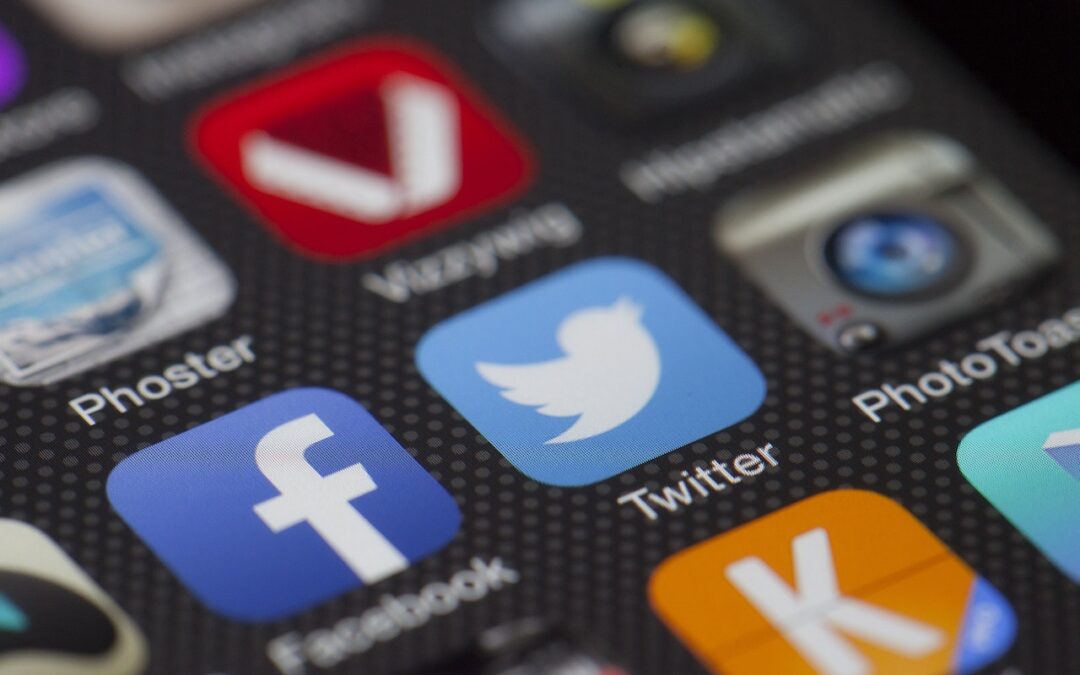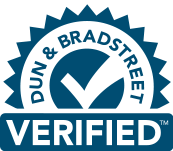Introduction
Political advertising has been a cornerstone of elections and policy promotion for decades. However, the advent of social media has fundamentally changed the landscape, offering a wider array of tools, strategies, and challenges. Gone are the days when TV and print media reigned supreme; today, platforms like Facebook, Twitter, Instagram, and TikTok are at the forefront of political outreach. This blog post aims to explore the various tools and strategies employed in political advertising in the social media era.
Overview of Social Media Platforms
The granddaddy of social media, Facebook, offers extensive micro-targeting features. With its vast user base, it is an essential tool for political campaigns to reach specific demographics.
The platform is known for its real-time updates and trending topics, making it a prime channel for immediate engagement and crisis management.
Visual storytelling is key here. It’s perfect for humanizing a candidate or pushing a single, impactful message.
TikTok
Emerging as a powerful platform among younger demographics, TikTok provides a creative yet challenging space for political advertisers to capture attention through short, engaging video content.
Although not traditionally associated with political campaigns, LinkedIn is effective for thought leadership and connecting with professionals.
Strategies
Data-Driven Targeting
The use of data analytics tools allows for precise audience targeting, based on variables such as geographical location, age, and political leanings.
Storytelling
A well-crafted narrative can humanize a candidate and make a policy more relatable, and social media is the perfect medium for such storytelling.
A/B Testing
Split-testing ads can provide insights into what messages resonate most with different audience segments, allowing for real-time strategy adjustments.
Authenticity
In an era of “fake news,” authentic and transparent communication has never been more critical.
Crisis Management
Social media allows for rapid response to scandals or rumors, but it also necessitates a well-prepared crisis management strategy.
Tools
Social Media Management Software
Tools like Hootsuite or Sprout Social allow campaigns to schedule posts, monitor social media conversations, and analyze results.
Analytics Tools
Google Analytics, Facebook Insights, and native platform analytics provide critical data on user engagement.
Graphic Design Software
Quality visual content is crucial; tools like Adobe Photoshop and Canva can aid in the creation of compelling visuals.
Chatbots
Automated systems for FAQs or to guide users through a campaign website can free up human resources for more complex tasks.
Regulatory Considerations
Political advertising on social media is subject to various regulations that differ from traditional media. Ad transparency, disclaimers, and spend disclosures are some of the many factors to consider.
Challenges and Pitfalls
Misinformation
The ease of sharing information—and misinformation—can both help and harm a political campaign.
Algorithmic Bias
Relying on platform algorithms to disseminate ads can result in unexpected and often undesired placements or associations.
Privacy Concerns
Data collection and targeting must adhere to stringent privacy laws, which vary by jurisdiction and can significantly impact campaign strategies.
Conclusion
The social media era has brought both opportunities and challenges to the field of political advertising. Employing a comprehensive, agile, and ethical strategy can be the key to effective political communication in this digital age. With the right tools, planning, and adaptability, social media platforms can be harnessed to significantly impact public opinion and, ultimately, election outcomes.
In today’s fast-paced, ever-changing digital landscape, understanding the tools and strategies for effective political advertising on social media is not just beneficial—it’s essential.






